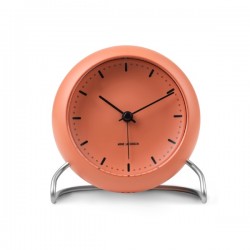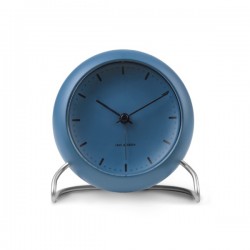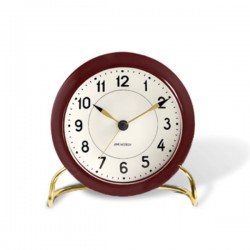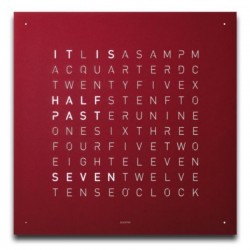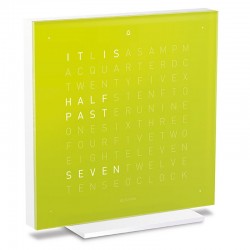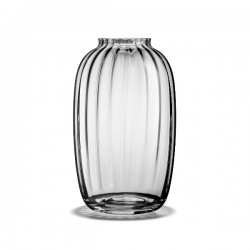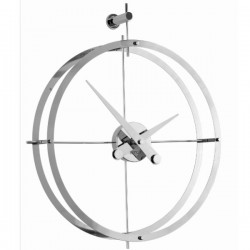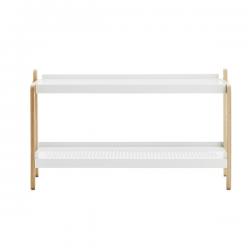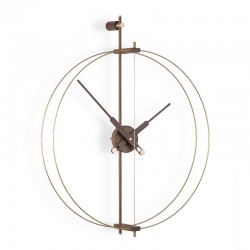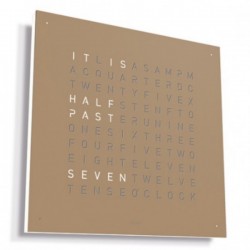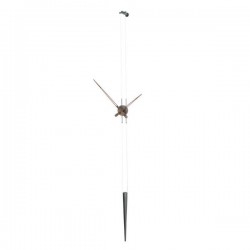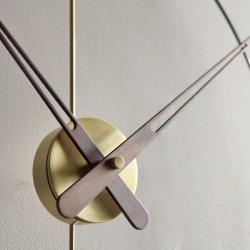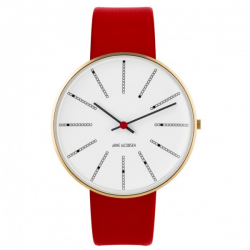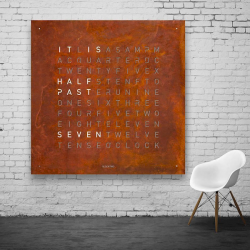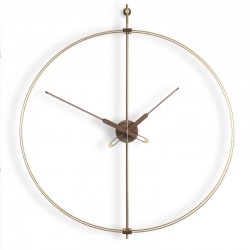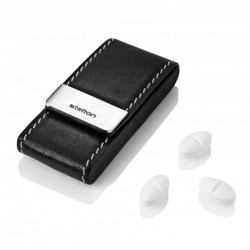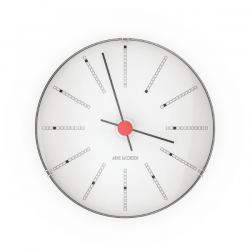Rosendahl Arne Jacobsen City Hall Table Clock Pale Orange
Designer:
Arne Jacobsen
€111.57
2 year factory warranty. Availability if not in stock 1 to 2 days.
Arne Jacobsen's City Hall clock was originally designed for Rødovre Town Hall in 1956. What makes the City Hall clock so popular is its universal expression, which is why it was obvious to make a table clock version of it.
As well as adding a decorative touch anywhere in a home, the clock also has all the necessary alarm-clock features, such as alarm, snooze and light.
Thanks to a sensor, you can activate both light and snooze by a slight movement of the hand above the clock. The table clock illustrated here is in stone blue.
- Specifications
Please note: Alarm function. Light and snooze sensor. 2 x AA batteries. Sold without batteries
Plexiglass face, ABS plastic
- Size Description
Diameter 11 cm
Width 11.3 cm
Height: 12 cm
Depth 6.7 cm
-
Arne Jacobsen
<p>Arne Jacobsen (1902-1971) was trained as a bricklayer and graduated from The Technical Society's school in 1924 and Copenhagen Art Academy 1927. In 1928 he received the Academy's gold medal, but prior to this, when only 23, he was awarded a silver medal at the 1925 Paris World Exhibition - the first of numerous honours that became a natural accompaniment to his artistic activities, his untiring search and his brilliant conceptions, made manifest by many successes in competitions at home and abroad. His main works include: town halls in ?rhus, Søllerød, Rødovre and Glostrup, SAS-building (Royal Hotel) in Copenhagen, Munkegårds School in Gentofte, Toms Chocolate Factory in Ballerup, The Danish National Bank headquarters, a sports hall in Landskrona, St. Catherine's College, Oxford and Hamburgerische Elektrizitätswerke's administration building. In 1932, Arne Jacobsen began collaboration with Fritz Hansens Eft. A/S, and over a period of years designed a series of chairs which are now recognised as milestones in the development of modern furniture. They include "The Ant" (1951), "The Egg" (1957), and "The Swann"(1957). But he was also an innovator in other design fields, such as the tableware series "Cylinda-line" in stainless steel. Arne Jacobsen was a professor at the Art Academy, and received honorary doctorates from a number of foreign universities and academies. Cylinda-line was awarded the ID-prize 1967 by The Danish Society of Industrial Design and The International Design Award 1968 by The American Institute of Interior Designers.</p>
こちらの商品もお好みかもしれません
Related products
Qlocktwo Touch Vintage Copper
価格
€900.83
Rosendahl Station Table Clock Red
価格
€111.53
Qlocktwo Large Red Velvet
価格
€6,363.64
Qlocktwo Touch Pure Lime Juice (Green)
価格
€413.22
Holmegaard Primula Vase
価格
€66.10
Nomom Two Points
価格
€590.00
Normann Copenhagen Sko Shoe Rack
価格
€214.88
Nomon Mini Barcelona Premium Clock
価格
€790.00
QLOCKTWO Classic Hazelnut Mat
価格
€1,309.92
Nomon Péndulo Clock
価格
€690.00
Nomon Mini Barcelona G Clock
価格
€640.00
Qlocktwo 180
価格
€31,900.83
Nomon Barcelona Premium Clock
価格
€855.00
-70%
Stelton Pill Box 217
ベース価格
€42.00
価格
€12.60
Rosendahl Weather Station Bankers Clock
価格
€111.53


 EUR
EUR



